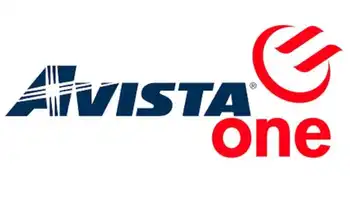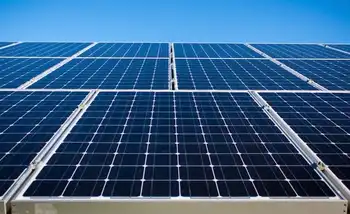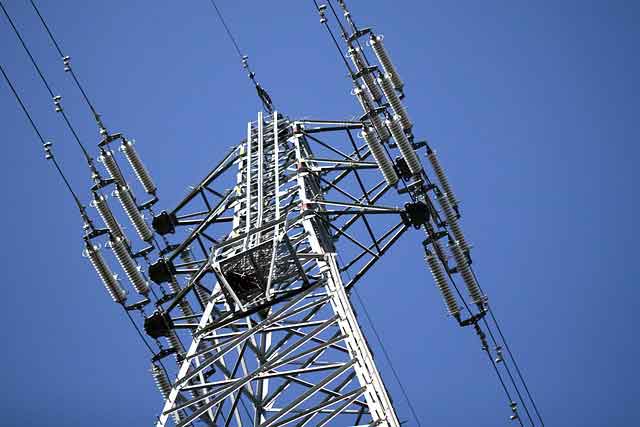Alternative energy faces power line bottleneck in the west
By Reuters
CSA Z463 Electrical Maintenance -
Our customized live online or in‑person group training can be delivered to your staff at your location.

- Live Online
- 6 hours Instructor-led
- Group Training Available
Installing large solar installations and dotting landscapes with wind turbines across the western United States would be, technically speaking, straightforward, and potentially popular with the renewed interest in domestic energy sources amid rising economic, environmental and security concerns.
Delivering the region's green power to markets, however, is proving easier said than done.
"Our customers are telling us that they're already seeing transmission bottlenecks with their future plans," said Vic Abate, head of General Electric Co's renewable energy business.
Transmission line costs vary wildly. For years the rule of thumb was $1 million per mile, but a recent project in Southern California cost $16.5 million per mile.
T. Boone Pickens' "Pickens Plan" for generating 22 percent of the United States' electricity from wind power sees the need for $70 billion in transmission and power-grid infrastructure.
"It's all over the map," said George Given, head of the consulting firm Wood Mackenzie's global power unit. "If you're building over Texas, which is relatively flat... you don't have so many issues. But if you're building in mountains, it's monumentally different work."
Transmission line projects in the U.S. West, much of it mountainous, face another steep challenge the region's industry and public officials say the Obama administration must tackle: federal bureaucracy.
Much of the region's expanses are overseen by a variety of U.S. agencies charged with managing natural resources, wildlife, parks and native populations.
"Nevada is, what, 90 percent federally owned?" said Rich Halvey, energy program director at the Western Governors Association. "We're continually stymied because of how long it takes to get transmission projects approved and built."
Bureaucratic delays stem from mandates of U.S. land agencies, said Lew Milford of the Clean Energy States Alliance, which represents 20 states' renewable energy funds: "It's one of those tricky good-versus-good problems — trying to move more renewable energy but in an environmentally friendly way."
The U.S. Forest Service is the toughest sell of any U.S. land agency, said Robert Mitchell, chief executive of transmission systems developer Trans-Elect.
"If you are the chief forester and it is your responsibility to protect forest, probably the last thing you want to happen is to have transmission lines built through the forest," he said.
U.S. land agencies will need to cut red tape to help speed transmission projects, said Wayne Whitlock, a partner with the law firm Pillsbury Winthrop Shaw Pittman and a former lawyer at the U.S. Department of the Interior.
"Would they give exemptions? I'd be surprised if they do that. But they do have to make these projects higher priority," Whitlock said.
In a January 6 letter to Obama, California Gov. Arnold Schwarzenegger urged "Establishing clear policy within the U.S. Bureau of Land Management and other federal agencies to prioritize renewable energy project development and transmission on federal lands."
He also urged the U.S. Forest Service speed permitting and project changes needed to complete Sempra Energy's Sunrise Powerlink, a $1.9 billion, 120-mile long, 1,000-megawatt power line from California's inland Imperial Valley to coastal San Diego County.
State regulators back the project and the U.S. Bureau of Land Management gave its approval for the line to cross 49 miles of its land.
"If we get that, we're poised and ready to take the project into the next stages," says Mike Niggli, Sempra Energy Utilities chief operating officer, adding the Sunrise line would greatly enhance delivering green power.
Wind-swept Wyoming also wants the U.S. government to focus on transmission infrastructure.
"For several years, transmission has been the recognized bottleneck," Democratic Gov. Dave Freudenthal recently advised Obama by letter.
Investment incentives like those for wind farms may be needed, Freudenthal recently told Reuters.
"There have been no incentives for the guys who want to take the transmission risk," he said. "Maybe the federal government has to step in... to provide that help so that lines get built," he said.











